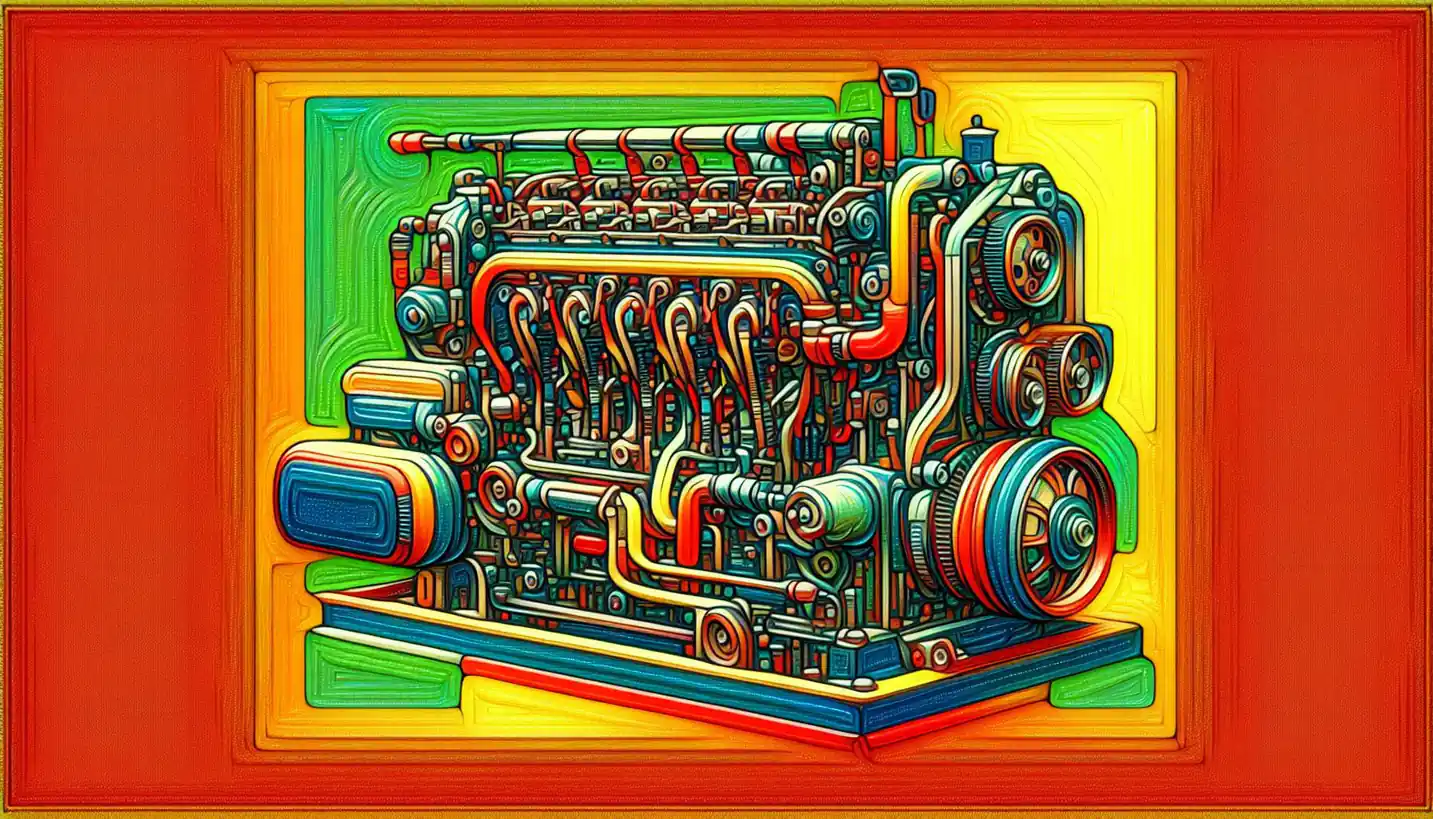· Engineering · 4 min read
Bottom-Up Fabrication: Transforming Nanoengineering in Ingenious Ways
Bottom-Up Fabrication is changing nanoengineering in surprising ways. Discover how this method builds materials from the ground up.

Let’s dive into the fascinating world of nanoengineering, where the tiniest structures hold the keys to big breakthroughs. One of the most exciting concepts in this field is “bottom-up fabrication.” Instead of building from the top down like sculptors, scientists work atom by atom or molecule by molecule, much like assembling intricate models from tiny pieces.
Picture a busy kitchen where the chef creates a masterpiece dish, starting with basic ingredients. Similarly, bottom-up fabrication begins with fundamental building blocks—atoms and molecules—and assembles them into complex and functional structures. This approach stands in contrast to the traditional top-down methods, which involve carving out structures from larger chunks of material, similar to how a sculptor chisels a statue from a block of marble.
The Essence of Bottom-Up Fabrication
Bottom-up fabrication is all about precision. Imagine you are piecing together a jigsaw puzzle, except the pieces are incredibly small molecules or atoms. The process can be as meticulous as positioning each piece in exactly the right spot to achieve the desired pattern or function. This fine-tuned control allows engineers to create materials and devices with new properties and functionalities that were previously impossible to achieve with top-down methods.
One of the main techniques used in bottom-up fabrication is self-assembly. This is a bit like giving your puzzle pieces a mind of their own, allowing them to connect with each other naturally to form the complete picture. Molecules can be designed to link up in specific ways, arranging themselves into structured patterns without direct human intervention.
Marvels in the Nano World
The impact of bottom-up fabrication in nanoengineering is quite profound. Take, for instance, the development of new materials. Imagine a fabric that can change color based on your mood or maybe a phone screen that folds effortlessly without breaking. These innovations are possible because of the unique properties engineered at the nanoscale.
Another area seeing tremendous benefits is medicine. Using bottom-up fabrication, scientists can create nanoparticles designed to deliver drugs precisely to the cells that need them, like personalized couriers that know exactly where to go. This technique opens doors for more targeted therapies with fewer side effects, making treatments more effective and less invasive.
Bottom-Up vs. Top-Down: A Unique Approach
While bottom-up fabrication offers extraordinary precision, it requires a deep understanding of chemical interactions. In the top-down approach, engineers might face limitations on how small they can cut the material. However, with bottom-up, scientists focus on building up, which can lead to smaller, more intricate designs.
Think of it like making a cake: a top-down method would be like cutting a cake into smaller, decorated slices. Bottom-up, however, would be baking each slice individually, layering ingredients in new ways until they form a complete cake, incorporating controls at every level.
Challenges and Innovations
Of course, working at the nanoscale presents its own set of challenges. It’s a bit like trying to build a sandcastle with just a few grains of sand rather than large scoops of it. Aligning molecules in the right order requires extremely controlled environments, and sometimes unpredictable reactions can occur.
But scientists are a resourceful bunch, continually coming up with clever ways to overcome these obstacles. Advances in computer modeling and imaging techniques help researchers visualize and simulate molecular interactions with incredible detail, guiding them in the manufacturing process.
The Future of Bottom-Up Nanoengineering
The promise of bottom-up fabrication is immense, and the possibilities are endless. The ability to create materials with precise features could redefine industries. Imagine revolutionizing clean energy through efficient solar panels based on nano-designed materials, or developing ultra-lightweight vehicles that save fuel.
Questions about the future come naturally: What might the next breakthroughs look like? How might healthcare change if materials inside our bodies self-assemble to repair tissues or deliver therapies? As this field grows, it’s captivating to think about where it might lead and what new horizons it will open up.
Bottom-up fabrication isn’t just a technical concept; it’s a beacon of innovation showing the incredible potential and adaptability of human ingenuity. As this narrative unfolds, we can only imagine the extraordinary ways it will shape our technology and impact our lives, making what once seemed impossible a reality.


